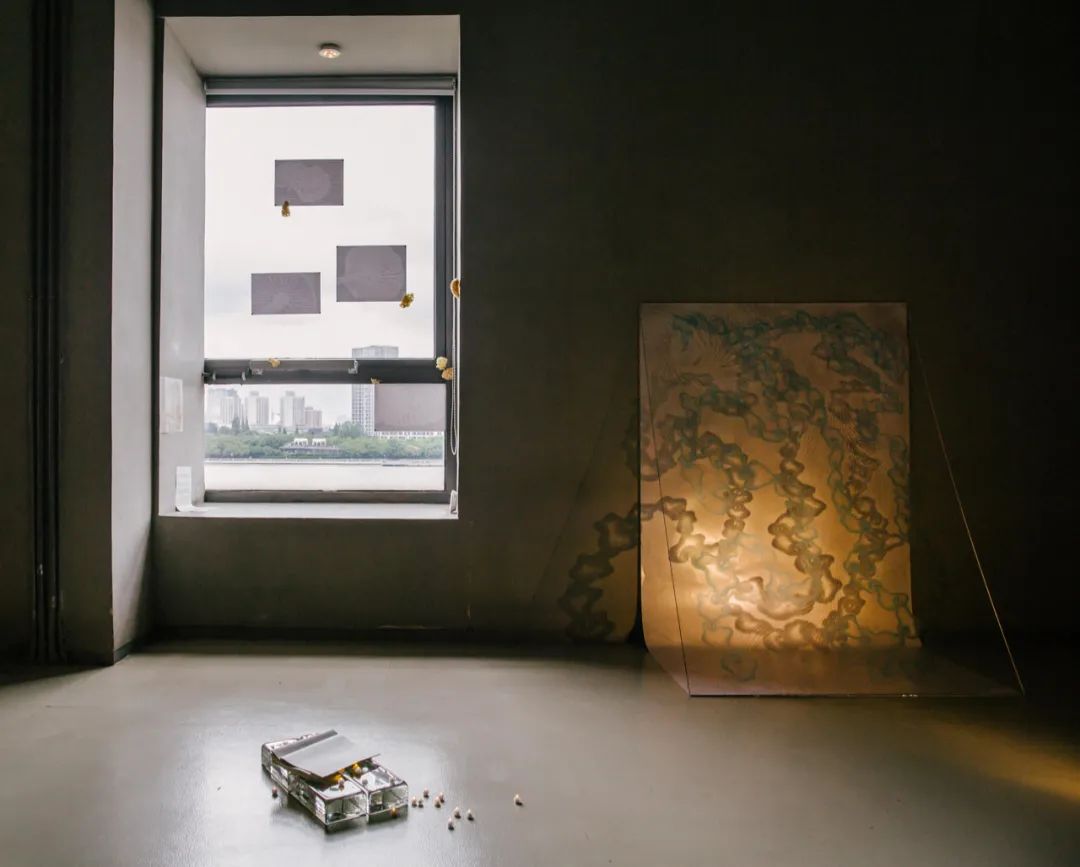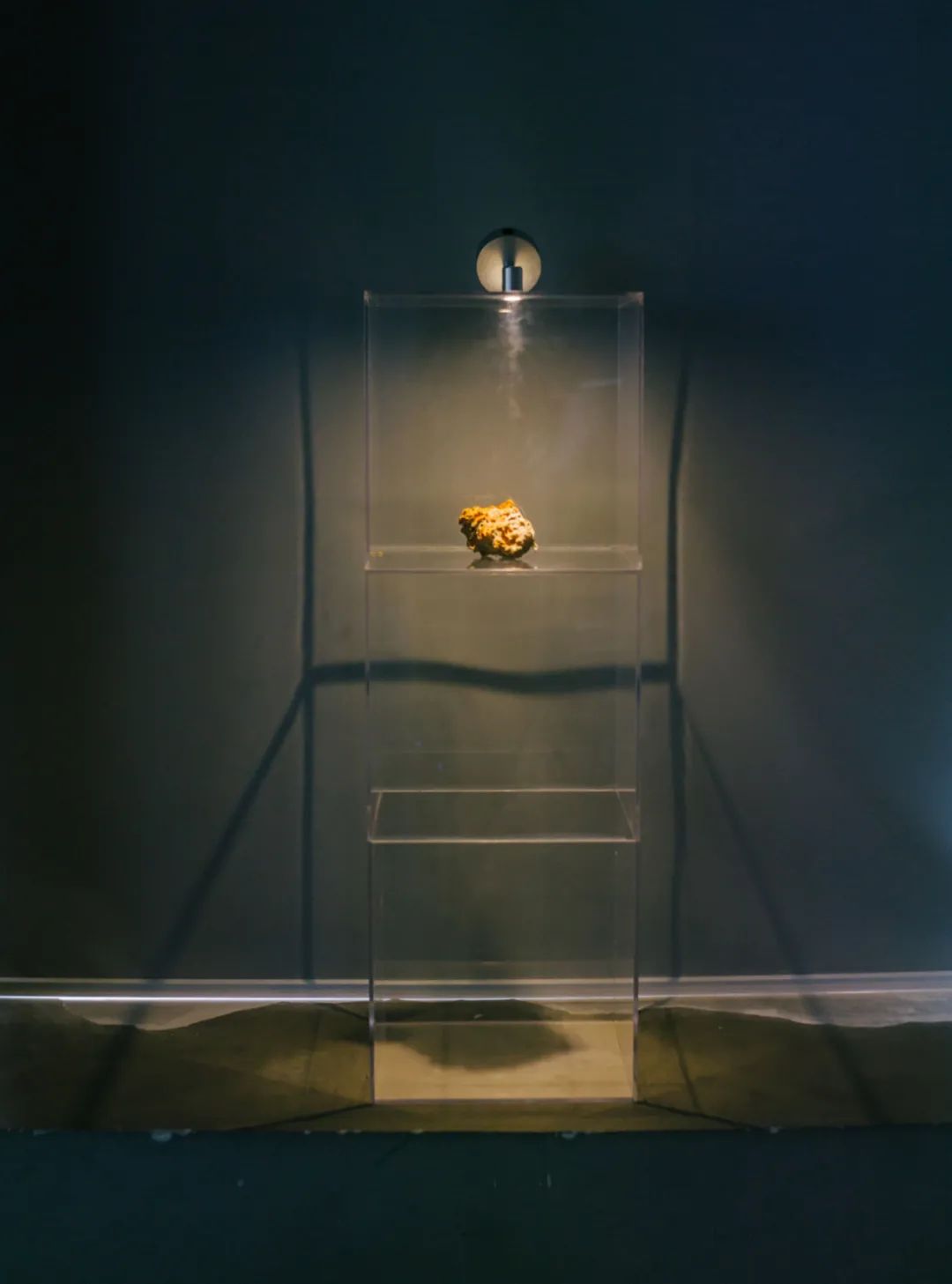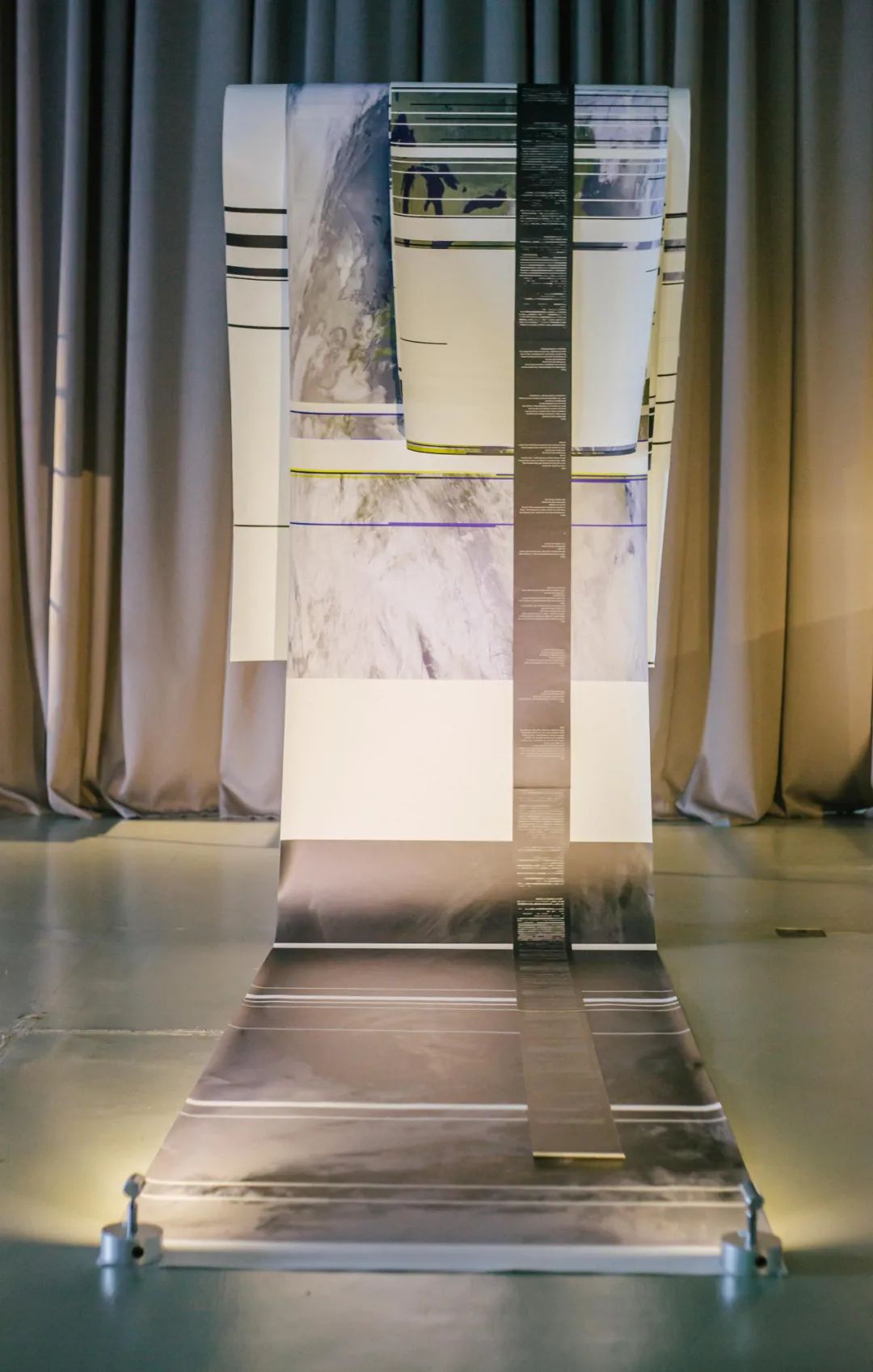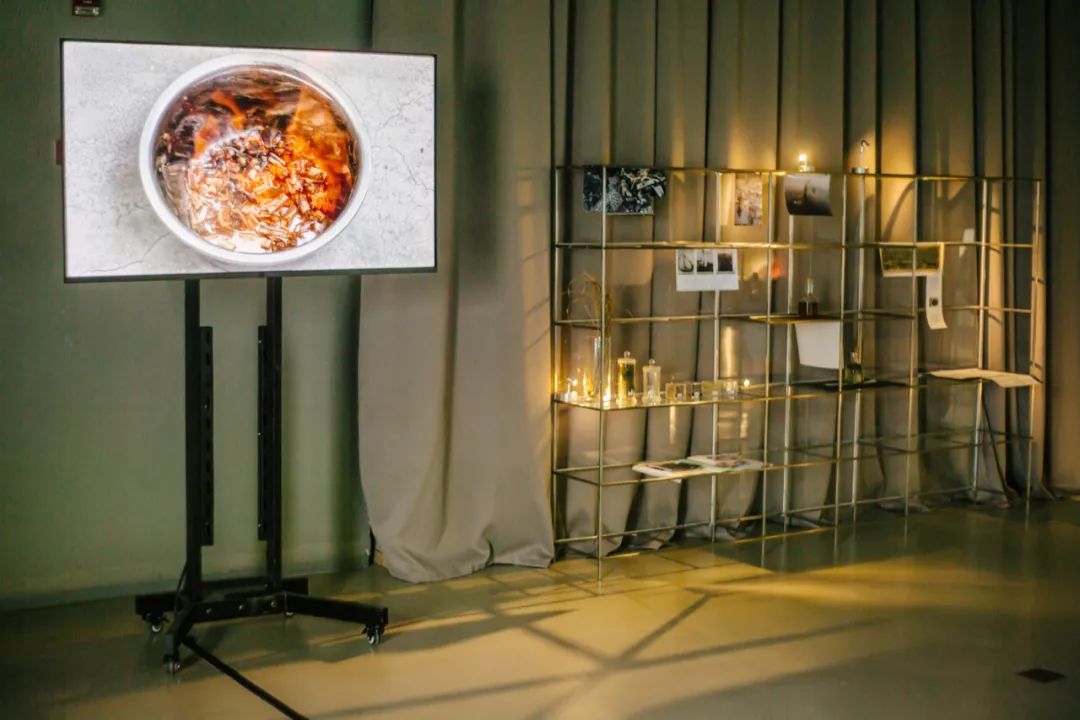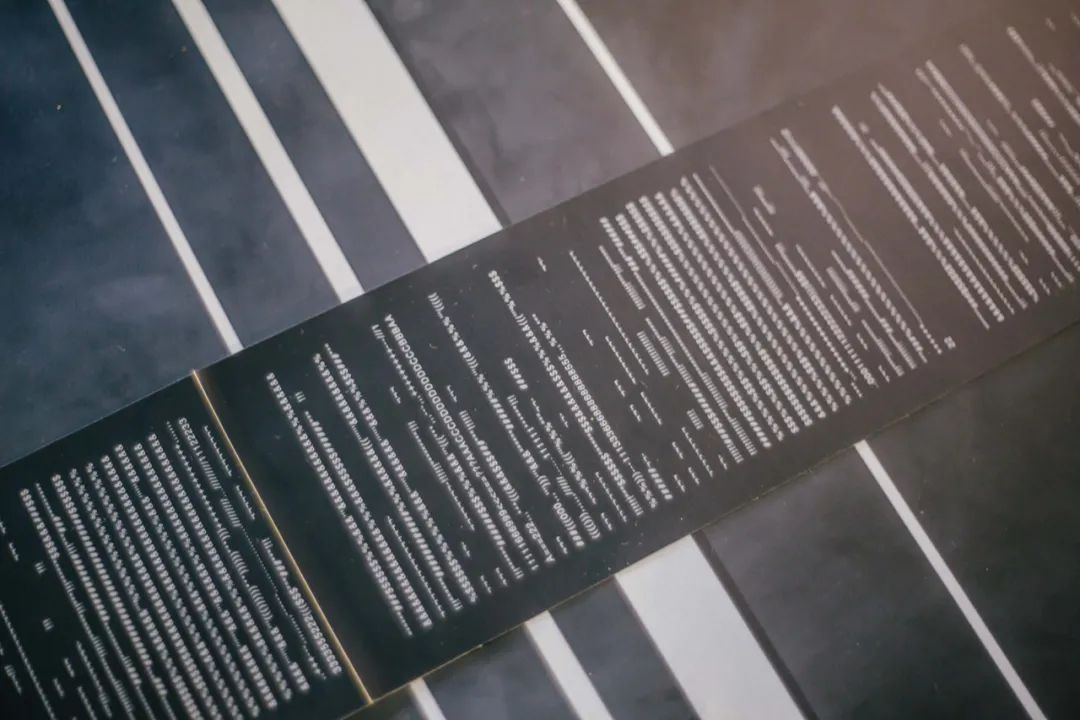Blue Cables in Venetian Watercourse
他山之石,新代理人
26 MAR 2021 - on going 驻地策展 RESIDENCY CURATORS
驻地艺术家 RESIDENCE ARTISTS
ajla yi,毕昕,陈沾衣,陈俪莎,蒋天览,龙盼,全宇飞,空地实验室,刘帅,Ines Cui,钟乐鸣,刘超/浦睿洁/冀以清,Shuyi Cao/Remina Greenfield/Mengxi He,张念绮/施韫泽,xindi,维度研究所 Dimension Institute(于博柔/周天歌/王泽宇/闵嘉剑),钟慧侦/廖婧琳/叶衡
| 策展人 CURATORS | 龙星如 Iris LONG |
|---|---|
| 艺术家 ARTISTS | 李航 Li Hang 任越 Ren Yue 张敏 Harriet Zhang 何雨婷 He Yuting 刘艾真 Jen LIU,陈抱阳 CHEN Baoyang,汪洋&漆贞贞 Yang WANG & Zhenzhen QI,林沛滢 Pei-Ying LIN,刘昕 LIU Xin, 陈逸云 Yiyun CHEN,徐维静 Vivian XU,Maya Man, 纪柏豪 CHI Pohao,王智铨 Kenny WONG |
| 主办 ORGANIZER | 上海当代艺术博物馆 Power Station of Art |
视觉设计:陈思昕 Visual Design: Chen Sixin
技术支持:李文奇, 陈最 Tech: Li Wenqi, Chenzui
特别感谢/Special Thanks to:aaajiao, Monica Bello, Simon Denny, Diakron, 杜月, 郭城, Nicolas Henchoz, Sabine Himmelsbach, Victoria Ivanova, Bora Kim, Tara Lasrado, 刘昕, Luc Meier, Maya Minder,Max Rheiner (Birdly), Christian Simm, 王辛, 严飞, 由宓, 于渺
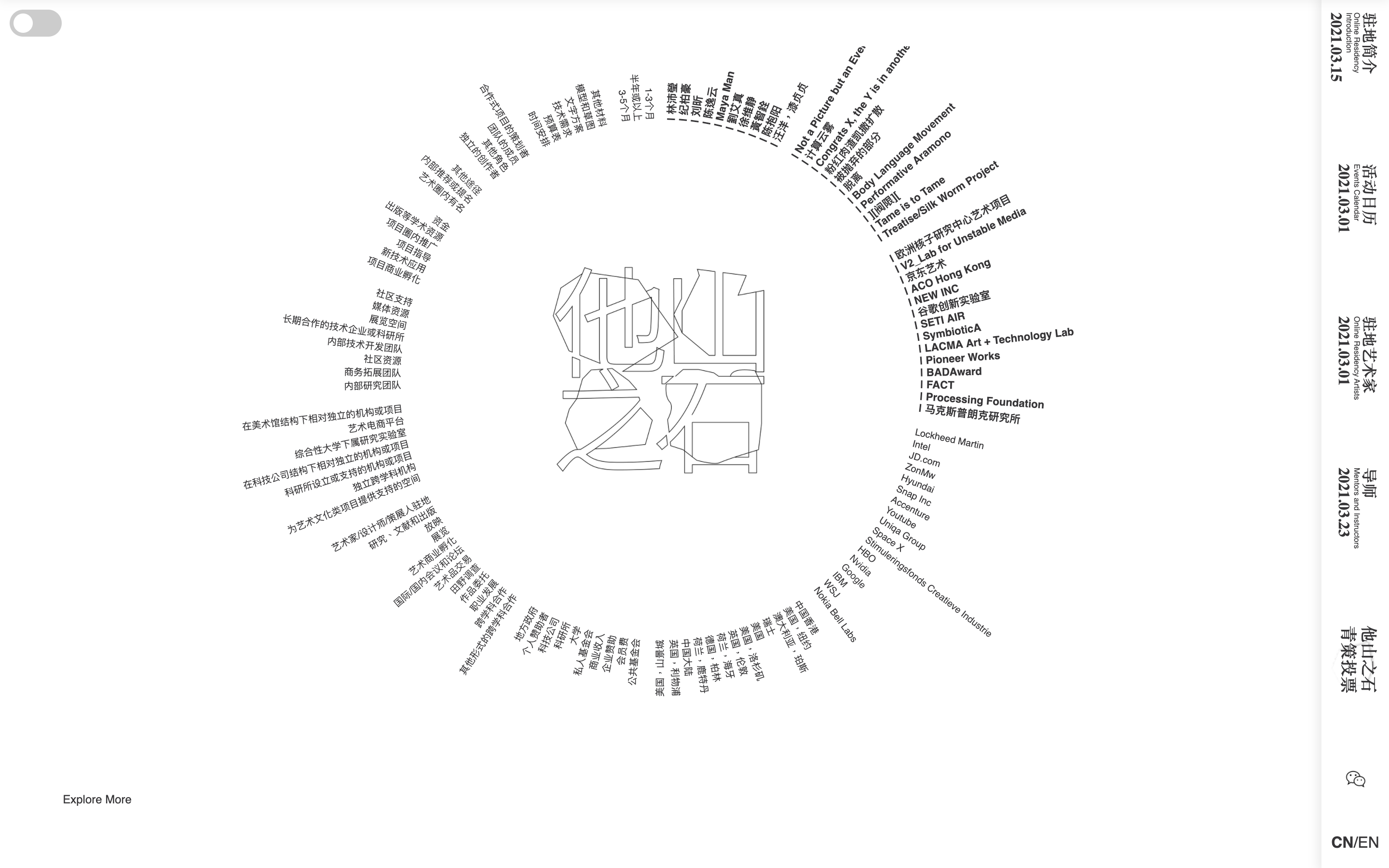
关于跨学科艺术的讨论甚嚣尘上,而这些学科交叉地带的作品,究竟在何种机缘、情境、模式之中破土而生,有何特征与困境,有何关键的人和事,却是罕有被调查的课题——这是本项目的出发点。
艺术内容和形式本身发展变化之余, 艺术赞助者的身份及其在社会资本网络中的位移,也造成了艺术生产的组织关系 和社会意义的变化。互联网、先端科技和资本全球化的时代诞生的艺术,由于其跨学科发展的潜质和适于以“综合媒介”形态呈现的性质,使得它成为新技术和观念的试验田或理想推广工具,这导致娱乐公 司、互联网组织、科技公司甚至科研机构, 在最近几年争相成为跨学科艺术项目的发起和赞助者。另一方面,我们也观察到艺术圈层的创作者主动出击,从“圈外”获取新技术、观念乃至市场的野心:艺术机构和艺术家开始就其发起的项目界定潜在技术和资金诉求,并寻求合适的支持方。
我们将包括先端科技和实际资本在内的,影响上述现象的因素姑且统称为“ 跨学科生产资源”,它通常借由中间方—如本项目所调查的跨学科艺术机构或项 目——进行周转,发放和落实。科技企业作为艺术赞助并非新鲜事,它可以追溯到贝尔实验室和施乐印刷公司,比利·克鲁佛和罗伯特·劳森伯格在“艺术与科技实验” (E.A.T)的早期新闻稿中,也明确提出该项目的信念在于一种受到产业支持的,艺术家与工程师之间的有效工作关系。这些历史样例都高度依赖人(发起者)的驱动,今天此类跨学科生产资源的流动则具备更为丰富的生态:包括非单一的发起者,清晰的商业目的(有些资本甚至直接来自于 公司的推广和游说支出),较为标准化的赞助程序,更多线程的工作状态和更不受圈层束缚的投放机制——这也使得这一课题在今天再度具备讨论前提。2020年蛇形画廊发表的一份报告中,更是以“未来艺术生态系统”尝试统括这一现状。
本策展与研究项目意图穿透模糊的“跨学科合作”的表象与疑云,观测上述“跨学科生产资源”的具体建构和流动模式,以及现行生态的特征与困境——举例来说,长久以来美国的医疗和科技公司存在对学术行业的“偏好型”资金支持,以获取长期游说成本,那么,科技公司对于当代艺术的支持是否也有利于其获取对艺术(作为一种文化和话语资源)的长期代管权?跨学科机构如何通过议程设置,在艺术家与科技公司所提供的资金与技术赞 助之间形成润滑界面,使创作与企业偏好之间的关系更为暧昧、灵活,甚至允许批判性创作存在? 本项目围绕以驻地、委任、专项支持、商业合作等方式参与到此类跨学科工作的12位(组)艺术家,及其在该合作中实现的作品展开,以数据分析、文献展示和线上动态调查报告的形式,结合网页开发与跨平台数据库管理,考据这一生产关系转变的种种细节与链条。我们试图将调查样本范围由“艺术家”扩大至参与生产过程的诸多“角色”,覆盖作品以外的生产资料,并尝试分析这一生产关系的转变,将如何影响未来当代艺术生产可能的发展模式,并提出更加具有结构优势的机构网络模型。 项目回应互联网的生命周期和链接、存储与分布属性,试图建立一种长期的线上观察机制,以如影随形的方式追踪跨学科艺术生态的动向,并扮演资料库、展示平台、研究资源和思考库的角色。
他方山上有佳石。跨学科研究的现状正如石砾自由滚动的丘壑,技术与资源似乎触手可得却又错综复杂,而“新代理人” 或许可以在期间探寻规律与方法,玉英由此磨砺出。

The discussion of interdisciplinary, or more specifically, “art, science and technology”, has been on the hype for a while. However, the condition, context and mechanism within which these artworks emerge, are rarely thoroughly investigated in China.
This curatorial project’s key concern is around an emerging, yet ambiguous tendency of “how art flows interdisciplinarily”. Nowadays, along with the identity and position shift of art sponsors amongst matrices of social activities and capitals, the content and form of art is iterating rapidly, leading to a transformative stage of the organisational relationship and new social impacts of art production. Art born in the age of the internet, advanced technologies and globalised capitals, are endowed with interdisciplinary potentials and lean more towards mixed media, on/offline presentations. This kind of art thus becomes ideal testbeds or promotional tools for emerging technologies and concepts. Meanwhile, practitioners from the art field are also eager to acquire tech-support, conceptual inspirations and marketing potentials from the “external world”. In recent years, we’ve observed entertainment companies, internet and tech firms, as well as science research institutions launching and sponsoring interdisciplinary programs, whereas art institutions and artists also are active in identifying potential tech and financial needs for specific projects.
To name it straightforwardly, the “interdisciplinary production resources”, ranging from advanced technologies to diverse capitals, are often circulated, distributed and realised via the medium roles played by interdisciplinary institutions or programs. The history of tech firms sponsoring art can be traced back to Bell Labs and Xerox PARC, in an early newsletter of the E.A.T, Billy Klüver and Robert Rauschenberg cleared stated that “...E.A.T. is founded on the strong belief that an industrially sponsored, effective working relationship between artists and engineers will lead to new possibilities which will benefit society as a whole.” (E.A.T. News, vol.1, no.2, June 1, 1967, p l.). The historical samples relied a lot on the human (initialiser) factor, whilst nowadays the flow of interdisciplinary production resources takes a richer look: non-individual initialisers, clear commercial purposes (some capitals are even sourced from promotional or marketing budgets from sponsoring companies), relatively standardized program mechanisms, multi-threaded workflow, and distribution patterns not limited within the world of art.
This curatorial research project anticipates to pierce through the clouds of ambiguity and suspicion surrounding the hype-word “interdisciplinary”, and investigate the construction, flows, features and dilemmas of the “interdisciplinary production resources” mentioned above. American medical science and tech companies have been providing “preferencial funds” to the academic field in exchange for long-term lobbying cost. Echoing this pattern, would tech companies’ support for contemporary art be beneficial to them in acquiring long-term voice in the field of art (as cultural and discourse capital), public attention, and an avant-garde or self-critical corporation image? How would an art institution mediate swiftly among artists and companies, to allow more subtle, flexible and critical intervention?
The project will embark on artworks produced within contexts of residency, commission, open-call and commercial collaborations between artists and tech-companies/science research institutions, and conduct data-analysis, present archives and reports, to unfold hidden details and patterns of the production relationship. The project’s research subjects will expand from case study of artists, into multiple roles within the process (initialiser, sponsor, developer, scientist, communicator, etc), and encompass multi-layered production materials, ranging from communication files between artists and institutions, administrative documents, to sketches and diagrams. We hope to analyze how this transformation of production relationship would influence the trajectory of art, and provide speculative institutional models. The project also establishes a long-term online mechanism, a “ghost observer” who follows emerging practitioners in this fie ld, and serves as an online archive, presentation platform, research resource and think tank.


「他山之石,新代理人」线上驻地
Blue Cables in Venetian Watercourse Online Residency
6月26日至7月2日间,「他山之石,新代理人」将通过线下展览、网络研讨会、偶发论坛、读书会和电台等形式,在线上和线下展开关于“跨学科、跨领域”合作项目的探讨,窥测其中常见却不常说的问题,也将这些端倪具象化。
关于“跨学科、跨领域”中工作状态的讨论已经存在一段时间,田野调查、科技与社会(STS)研究、开源编码工具、电影工业生产乃至产品设计思维,都或多或少地进入了艺术家的视野,随之而来的挑战也蔓延到了工作范畴中。在「他山之石,新代理人」的驻地项目中,”跨学科、跨领域”也一直作为创作、讨论与研究的重心。
在交流创作方式、分享作品流通环节、思考策展人角色的同时,我们也试图在「他山」驻地这个线上社群中共同探讨这些问题:来自其他学科领域的知识与经验是否足以构成原生创造力,还是仅仅沦为填补信息差的投机取巧?在当下一些被认同的合作模式中,我们如何再影响创作过程中的交流、交换和生产?当“跨学科、跨领域”被消费主义吞没,被想象为当代艺术发展所必需的创作时,诸如此类的形式与内容是否在有效地推动艺术生态?
同时,探索于边界之间的艺术家和实践者所感受到的阈限和风险将不断与创作的活力和热情交错。“跨学科、跨领域”研究的自我生长也源自这些意念上的切磋,源自养分的不断再造,源自学科和领域间本就有的张力和冲击。
「他山之石,新代理人」在线下展览《在(再)制》中,以wip show的形式作为中心载体,将驻地居民于两个月中的研究和创作汇入一个集体,展出待完成的、类似“草案”的在制品。同时为反抗被成果、效果等KPI的崇拜所笼罩的创作节奏,wip show的模式不仅是对“慢策展/slow curating”的回应,也代表艺术创作不单纯为展览服务、可延伸、可衍生的自我生态。
《在(再)制》也意为当下时代变迁与迭代中领域之间在互动时的再制造。在“跨学科、跨领域”知识与经验被轻易命名、简化、忽略,或被过分宣传、张扬、品牌化时,艺术家和实践者也在前线承担着“再制”者的身份共同建造着领域内外的基底、设施、语境和劳务。


Blue Cables in Venetian Watercourse, one of two selected projects for the Power Station of Art Shanghai’s ECP (Emerging Curators Project) 2O2Online, presented a week of showcases from 26th of June to 3rd of July in the forms of online webinars, one-day WIP exhibition, off-site reading room events and podcast shows. As the residency project has been contesting the persistent yet unspoken issues among the cliched inter-/cross-/trans-disciplinary discourses and practices, the series of showcases also became the embodiments of the broken bonds among knowledge vessels which require more attention.
The art world has familiarised itself with inter-/cross-/trans-disciplinary practices. While various other (and Other-ed) disciplines - for examples, socio-technical theories (STS), engineering, programming, design thinking, film making, or even traces of anthropological research methodology - take part in knowledge production of art and cultural values, we are met by artists’ strong appetite for inter-/cross-/trans-disciplinary collaborations, and, hence, new challenges in their workflows and within the overall art ecology.
As Blue Cables in Venetian Watercourse wished to respond to the challenges, especially at this unprecedented time when online presence has become substantial, 17 groups of our practitioners-in-residency have come together to articulate their versions of inter-/cross-/trans-disciplinary exchanges. Working betwixt and between various bodies of knowledge, they have fostered a sense of urgency in exploring ways of collaboration during the pandemic, establishing new forms of communication, and redefining the infrastructure of a so-called inter-/cross-/trans-disciplinary art ecology. The residency itself has also been foregrounding these creative practices in the lexicon of research-based and community-centred productions that defy the greed for superficial outcomes.
The residency as an online community encouraged exchanges of ideas, specifically on topics such as modes of production, circulation of values, and the roles of the curatorial, to respond to these questions: how should we perceive knowledge and experience from other (and Other-ed) disciplines? Can they become part of the domain knowledge instead of mere means of closing information gaps? Among the conventionally recognised modes of collaboration, how do we redefine the processes of communication, exchanges, and (re-)production? When we arrive at inter-/cross-/trans-disciplinary exchanges, how have we witnessed the over-consumption of these cliched concepts? How do we escape from the presumptions of identities of inter-/cross-/trans-disciplinary production? How do we de-aestheticise them, unlearn the unnecessary“rules”, and call upon the names of the pertinent in our art ecology?
We have all longed for “framing” the discourses and practices of art and science/technology. To some extent, we can consider our desire for a well-defined framework as part of our collective cultural forgetting that only allowed us room for carrying on the sublime while we were witnessing technological progress in the late 20th century. A prominent amount of research in computational systems, logics and artefacts have romanticised our engagement with science and technology. As the sensation of technological sublime persists, our goal for an ambitious (yet abstract) model of collaboration has indeed rooted in the very conceptualisation of the contemporary inter-/cross-/trans-disciplinary rationales - that we can only transcend art’s dogma if we are collaborating with science and technology. There we have it; an outdated prototype.
Nevertheless, artists and practitioners, while encountering the liminality, hence risk, of creating work that challenges these boundaries, also experience the positive energies and passion in which fruitful works are realised. The autopoiesis and autonomy of inter-/cross-/trans-disciplinary research has also become contact zones for discursive dialogues, knowledge regenerations, as well as the push-and-pulls among various disciplines and fields.
As an extension of Blue Cables in Venetian Watercourse’s residency program, the offline show borrowed the idea of WIP (Work-In-Progress) to exhibit a draft-like assemblage of our residents’ progress. In response to the call for “slow-curating”, the WIP show did not wish to follow the steps of KPI-oriented knowledge production or the fetish for developmental outcomes. It signifies a constant “to-be-finished” state of being for these artworks, as well as the malleable, elastic, organic growth of a collective environment.
WIP has also been redefined as Work-In-reProgramming at our residency to give voice to the practitioners. To penetrate deep into the conversations of inter-/cross-/trans-disciplinary practices is to problematise the easily named, reduced, compromised, ignored, promoted, exaggerated and branded images. As practitioners became reprogrammers for these practices, they were also investigating the infrastructures, constructions, capabilities, languages, contexts and labours of the ecology. Our WIP (Work-In-Progress and Work-In-reProgramming) show and our residency called upon all practitioners to foreground in the same solidarity for a heterogeneous reality of collaborations.


